Name Wolf Erlbruch Role Illustrator | Movies Duck, Death and the Tulip Children Leonard Erlbruch | |
 | ||
Education Folkwang University of the Arts Awards Hans Christian Andersen Award for Illustration, Golden Owl - Audience Youth Award Books The Story of the Little Mole Wh, Duck - Death and the Tulip, The Big Question, The Miracle of the Bears, De Schepping Similar People Werner Holzwarth, Bart Moeyaert, James Emman Kwegyir | ||
Interview wolf erlbruch
Wolf Erlbruch (born 1948) is a German illustrator and writer of children's books. He combines various techniques for the artwork in his books, including cutting and pasting, drawing, and painting. His style is sometimes surrealist and is widely copied inside and outside Germany. Some of his story books have challenging themes such as death and the meaning of life. They have won many awards, including the Deutscher Jugendliteraturpreis in 1993 and 2003.
Contents
- Interview wolf erlbruch
- Wolf Erlbruch Animated illustrations ALMA 2017 Unravel Travel TV
- Biography
- Characteristics
- Illustrations
- Critical reception
- Awards
- As writer
- As illustrator
- References
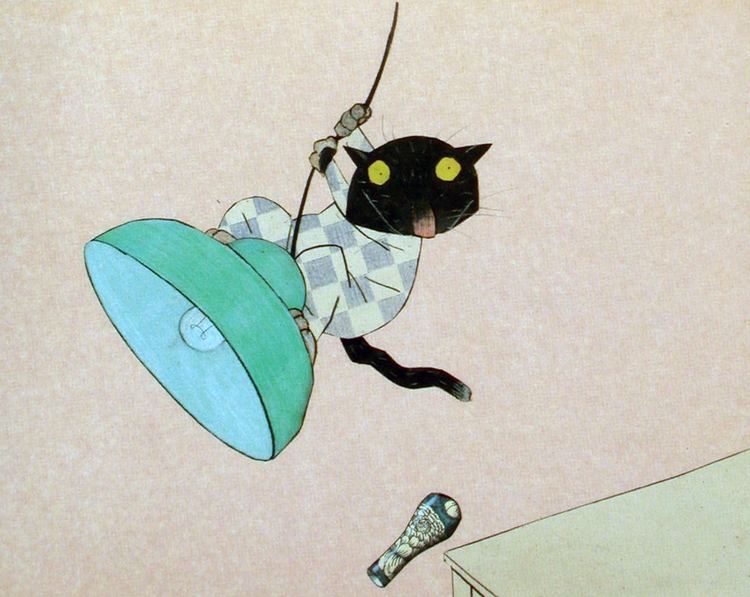
For his "lasting contribution" as a children's illustrator Erlbruch received the Hans Christian Andersen Medal in 2006 In 2017, he was the first German to win the important Astrid Lindgren Memorial Award.
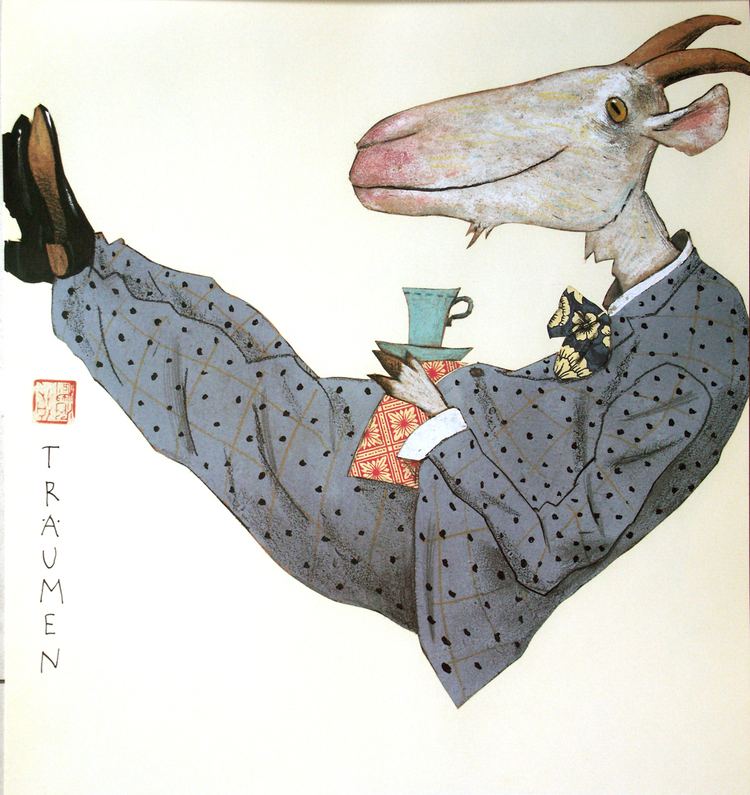
Wolf Erlbruch, Animated illustrations ALMA 2017 - Unravel Travel TV
Biography
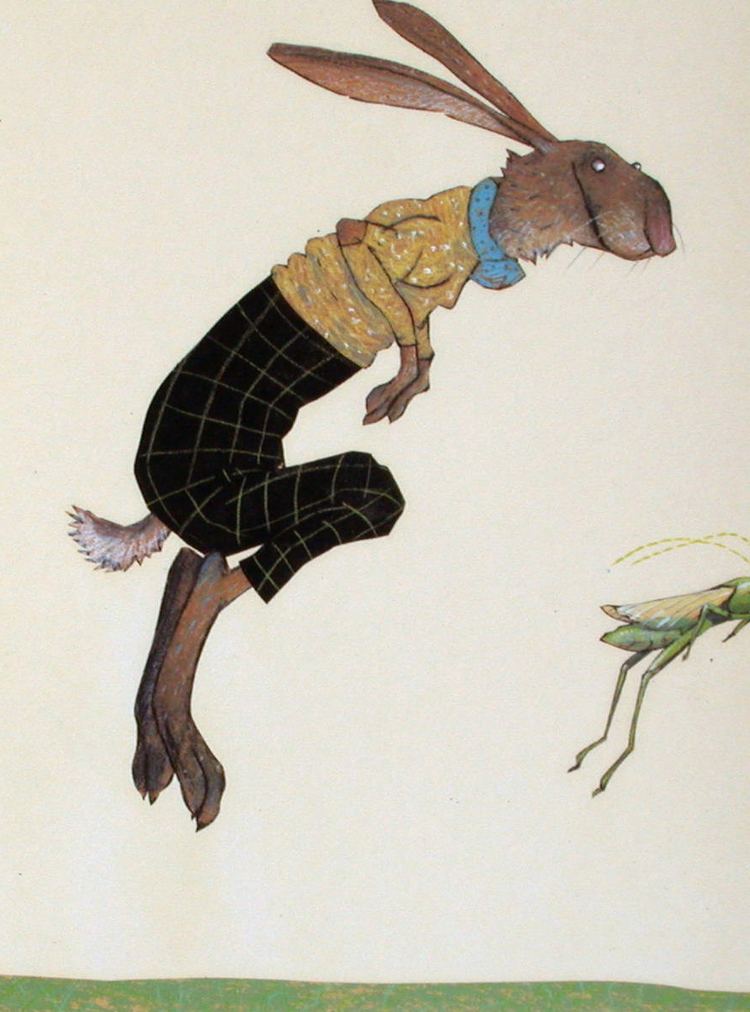
Born in Wuppertal, Nordrhein-Westfalen, Erlbruch studied graphic design at the Folkwang Hochschule in Essen from 1967 to 1974, and worked as an illustrator for magazines such as Stern and Esquire. His first assignment as an illustrator of children's books came in 1985, when he was asked by the Wuppertal publisher Peter Hammer to illustrate Der Adler, der nicht fliegen wollte by James Aggrey; Erlbruch's son Leonard had just been born, and Erlbruch wanted him to be able to say, "Look, my papa made a children's book." Since then, he has both illustrated and written many books, and has become a professor of illustration at the University of Wuppertal.
Characteristics

Erlbruch tackles many adult topics in children's books, though he is not always fond of being characterized as an author for children. Some of his books have autobiographical notes, such as his Leonard (a "delightfully eccentric tale"), a book partly inspired by his then six-year-old son Leonard (now an illustrator himself), about a boy who overcomes his fear of dogs by becoming a dog himself. Many of the characters in his books, such as the mole of The Story of the Little Mole Who Went in Search of Whodunit (also known in English as The Story of the Little Mole Who Knew It Was None of His Business), have little round black glasses, such as Erlbruch has himself. He is praised for the original and surreal quality of his work. According to Silke Schnettler, writing in the German newspaper Die Welt, the "Erlbruch-style," whose main characters are skewed and sometimes disproportianate but nonetheless real recognizable, has become widely imitated inside and outside Germany.
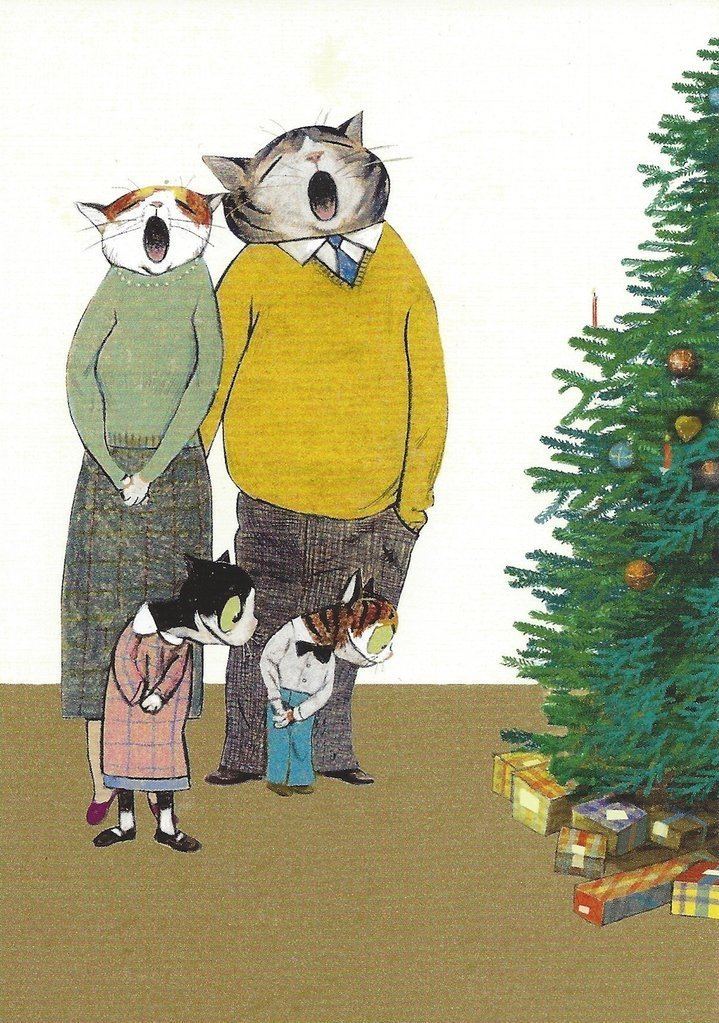
Death is a recurring topic in Erlbruch's books. Duck, Death and the Tulip (2008) features a duck who becomes friends with Death, and in Ein Himmel für den kleinen Bären ("A heaven for the little bear") a bear cub tries to find his recently deceased grandfather in bear heaven.

The moral of his own stories, Erlbruch suggested in 2003, is that people should regard themselves from a distance and accept even what is not so beautiful about themselves, what is special.
Illustrations
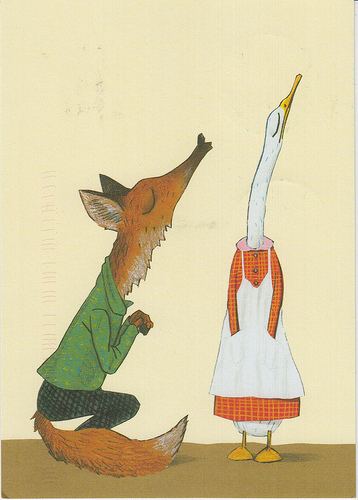
Many of Erlbruch's illustrations are made using mixed media and collage. For The Story of the Little Mole, for instance, he drew the characters on brown wrapping paper, and pasted them on white paper.
Critical reception
The Guardian called Duck, Death and the Tulip (2009), about a duck who finds himself being followed by and then becoming acquainted with death, an "outstanding book": "There is something infinitely tender in the way Death strokes her ruffled feathers into place, lifts her body and places it gently in the river, watching as she drifts off into the distance."
Erlbruch's illustrations for Fürchterlichen Fünf (translated into English as The Fearsome Five) were adapted for the stage by the Landestheater Tübingen.
Awards
The biennial Hans Christian Andersen Award conferred by the International Board on Books for Young People is the highest recognition available to a writer or illustrator of children's books. Erlbuch received the illustration award in 2006.
In 2003 he received the Gutenberg Award of the City of Leipzig for his contribution to the book arts, the cultural award of his native city Wuppertal, and a special Deutscher Jugendliteraturpreis for his body of work as illustrator.
